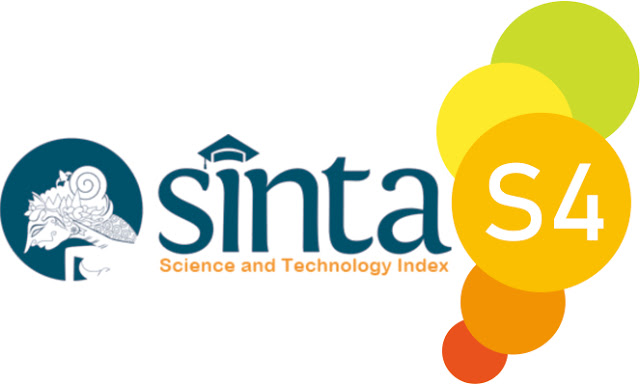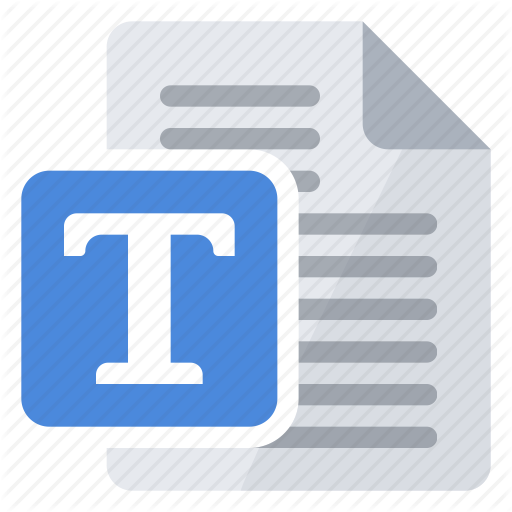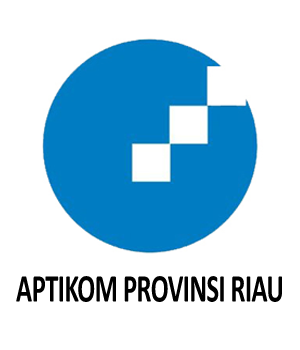Automatic Height and Weight Measurement Integrated Database System
Abstract
Measurement of height and weight, it is needed especially for school age 5-15 years old. From the results of monitoring height and weight measurements, we can monitor whether the child is underweight or overweight and obese. We can also monitor the growth of elementary school age children. The problem faced is that monitoring the growth of children in schools cannot be carried out effectively. This is because the process of measuring children's height and weight is done manually and of course it takes time for the process, besides that, data on student height and weight are also recorded still manually, so that data processing and utilization is not optimal. The purpose of making this Automatic Height and Weight Measurement Integrated Database System to process of measuring height and weight can be done effectively and efficiently, so it can produce integrated information in Database. The existence of an integrated database will make it easier for related parties to recap and archive children's data and store history of children's growth as material for evaluating and monitoring child growth. The results of this evaluation can be used as a reference for follow-up to be conducted. The resulting output is information in the form of tables and graphs of children's growth. In this research using the prototyping method which aims to get an overview of the tool to be designed and built, then it will be evaluated by the user. The evaluated prototype will be used as a reference to make a tool as the final product as the output of this research.
Downloads
References
[2] D. U. Erna Kusuma Wati, Purnamasari, “Analisis Tinggi Dan Berat Badan Anak Baru Masuk Sekolah Sebagai Deteksi Dini Gangguan Gizi Pada Anak Usia Sekolah Dasar,” J. Exp. Psychol. Gen., vol. 5, no. 1, pp. 23–42, 2017.
[3] D. A. A. Yu, M. A. D. Amayanti, I. K. E. J. Unitha, I. D. A. B. Agus, and M. A. D. E. S. Uaskara, “Pola Pertumbuhan Berdasarkan Berat Dan Tinggi Badan Siswa Pada Sekolah Negeri Dan Swasta Di Kota Denpasar , Bali Growth Pattern Based on Height and Body Weight From Students of Government and Private School At Denpasar , Bali,” vol. 21, no. 2, pp. 78–87, 2017.
[4] H. A. Dharmawan, Mikrokontroller: Konsep Dasar dan Praktis. Universitas Brawijaya Press, 2017.
[5] K. W, Panduan Belajar MySQL Database Server. Media Kita, 2010.
[6] Kadir, A. (2017). Pemrograman arduino dan processing. Elex Media Komputindo.
[7] Linarta, A., & Nurhadi, N. (2018). Sistem Informasi Penjadwalan Bel Sekolah Otomatis Berbasis Microcontroller. JURNAL UNITEK, 11(2), 87-98.
[8] Rahmalisa, U., Mardeni, M., Helmi, R., & Linarta, A. (2020). Pemberi makan otomatis pada kucing menggunakan raspberry pi berbasis android. Jurnal teknologi dan open source, 3(2), 298-308.
[9] Radillah, T., Widodo, P. P., & Linarta, A. (2017, November). Aplikasi Optimalisasi Layanan Kunjungan Rutan Klas IIB Dumai Berbasis Sms Auto Response (SAR). In Prosiding Seminar Nasional (Vol. 1, No. 1, pp. 150-164).
[10] Sugiarto, M. I., Linarta, A., & Sofiyan, A. (2019). Aplikasi Layanan Informasi Absen dan Nilai Berbasis SMS Gayeway Menggunakan PHP pada SMK Taruna Persada Dumai. Informatika, 9(2), 60-69.
[11] S. Sarayati, “Analisis Faktor Perilaku Seksual Pada Anak SD di SDN Dukuh Kupang II - 489 Kecamatan Dukuh Pakis Kelurahan Dukuh Kupang Surabaya,” ADLN Perpust. Univ. Airlangga, pp. 11–76, 2016, [Online].
[12] T. Sutabri, Analisis sistem informasi. Andy.
[13] V. J. Matali, H. I. S. Wungouw, and I. Sapulete, “Pengaruh Asupan Susu terhadap Tinggi Badan dan Berat Badan Anak Sekolah Dasar,” J. e-Biomedik, vol. 5, no. 2, 2017, doi: 10.35790/ebm.5.2.2017.18512.
[14] Wasista, S., Saraswati, D. A., & Susanto, E. (2019). Aplikasi Internet of Things (IOT) dengan Arduino dan Android “Membangun Smart Home Dan Smart Robot Berbasis Arduino Dan Android”. Deepublish.
Copyright (c) 2021 uci rahmalisa, Yulisman Yulisman

This work is licensed under a Creative Commons Attribution-ShareAlike 4.0 International License.
This is an open-access article distributed under the terms of the Creative Commons Attribution-ShareAlike 4.0 International License which permits unrestricted use, distribution, and reproduction in any medium. Users are allowed to read, download, copy, distribute, search, or link to full-text articles in this journal without asking by giving appropriate credit, provide a link to the license, and indicate if changes were made. All of the remix, transform, or build upon the material must distribute the contributions under the same license as the original.















